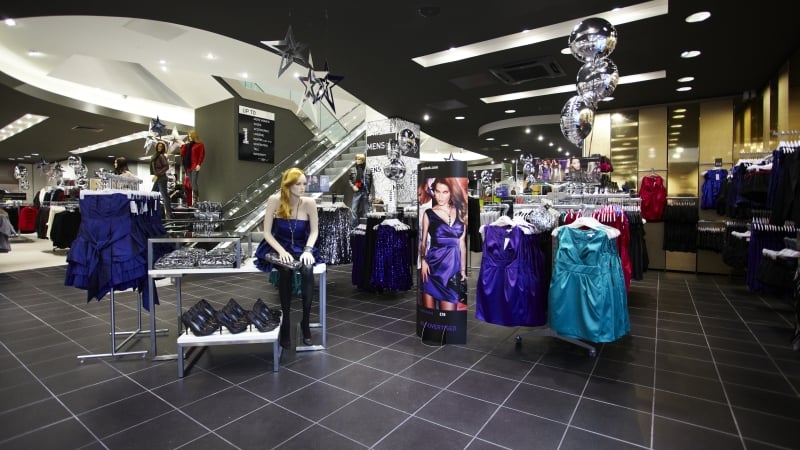This move to a commercial model can be cynically viewed as Google trying to line its pockets further. However, it does provide an opportunity that has been overlooked by some: extended reach.
Achieving substantial volume on Google Shopping previously required vendors to have highly optimised feeds, with content being constantly updated. Also, if a vendor carried a large inventory they could achieve good coverage simply through scale alone.
New Opportunities
The new paid model provides an opportunity to gain increased visibility though through strategic bidding. The need for highly optimised, SEO-friendly feeds has lessened, whereas than the need for a solid bidding strategy has grown.
At Forward3D we consult New Look on their PPC activity and viewed the Google Shopping changes as an opportunity to increase their reach and ultimately revenue. The impact of the work we did for New Look’s PLA campaign was recently featured on the official AdWords blog and we wanted to go into a bit more detail about the tactics we executed. As a free medium Google Shopping was an important channel for New Look; our task was to ensure that the changes in Google’s model didn’t affect the revenue generated from it whilst delivering an acceptable ROI.
Product Listing Ads have been a feature of AdWords for over a year now (they launched in the UK in November 2011) and since then I have observed that a number of advertisers have set-up PLA campaigns to be segmented by product category. Whilst this appears logical it ignores a simple fact: products within a category do not necessarily carry the same price tag. Therefore, applying uniform bids for products with differing price points is not the optimum approach.
A Different Approach
There’s a column within the Google Merchant Centre called AdWords labels; this column provides the ability to group items in the product feed beyond the standard categories. We utilised this opportunity and labeled the product feed with price brackets. The theory behind this being that by targeting by retail price, we were in a better position to balance the differing CPAs and therefore manage ROI much more effectively (see graph below).
We proved that the average order value directly correlated with the price of the product in the PLAs. By ensuring that we were bidding against tight price brackets we were able to up-weight bids more aggressively in certain areas and increase revenue as a result without a detrimental effect on ROI.
The Results
Since the launch of the new PLA campaign structures, total revenue from Google Shopping, as a channel, has increased by 170% year-on-year, with conversion rate improving by 36%.
With the extra coverage the campaigns generated an uplift of 72% in visits which did come at a cost, but the revenue gain far outweighed the additional investment.
On the surface, the changes to Google Shopping do seem more negative than positive. However, with an intelligent approach and a strategic bidding strategy, it’s actually a substantial opportunity for e-commerce businesses.

